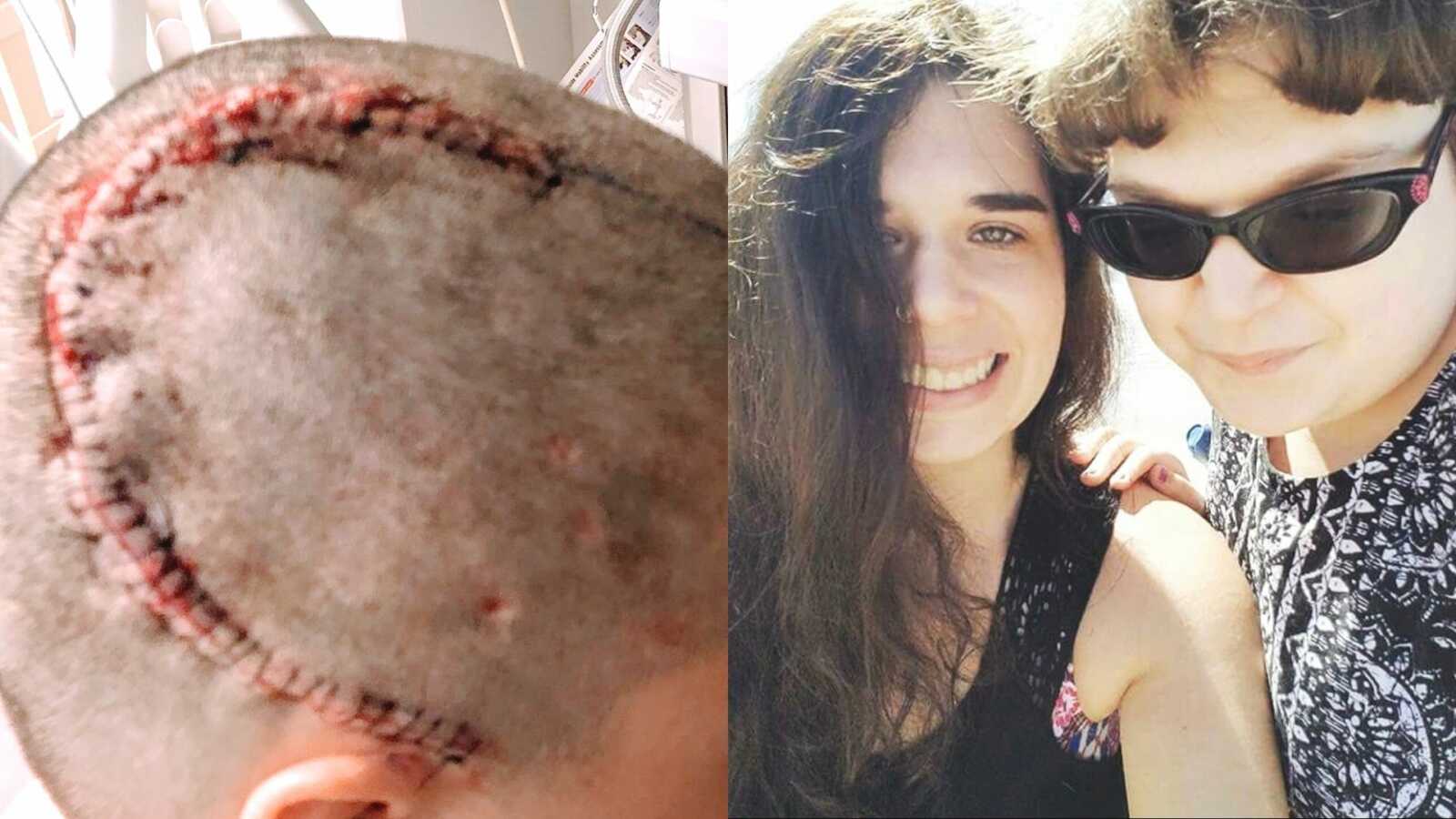“My name is Bree, and I wanted to talk a little bit more about living my life with epilepsy and how I’ve been able to do so without giving up, even though it became a part of me more than halfway through my life. Before I turned 18 years old, epilepsy and seizures weren’t even words I spoke, but as I sit here and type this, they have become a part of every aspect of my life. I was getting ready to go out of state to college, I had my license, had my own responsibilities, and was doing pretty much everything a ‘normal’ 18-year-old would be doing. Unfortunately, that all changed in the blink of an eye and took my life in a different direction.
I remember one morning when I woke up for one of my ‘responsibilities’ and got ready to take my younger siblings to school. But I never ended up completing what I was supposed to do. I ended up randomly slumping to the ground, having zero recollection of what had happened when I became conscious in my bed many hours later. At that time in my life, I had no idea a seizure could be ‘slumping to the ground’ and thought it was completely crazy when anyone suggested a seizure was what it may have been because there were no flashing lights around me. I was ignorant that there are so many types of seizures (over 40 kinds) and an infinite amount of things in the universe that may trigger a seizure for someone, other than lights.
These random ‘episodes’ kept happening, and more people ended up telling me and my loved ones they were witnessing similar things when they were around me, especially at night, but they just thought it was ‘something I did.’ I was confused and pretty devastated because I had no idea what epilepsy entailed, who to turn to, or what to do. I have family members with autism, I have a history of migraines in my family, and there have been some other neurological and mental disorders scattered throughout, but no epilepsy or seizures before me had been reported, and still, none have been reported after me to this date.

My doctors have no idea how long I’ve been having these seizures and unfortunately, there is no way to backdate my epilepsy and check. My seizures didn’t leave any brain damage or evidence they even happened until the times people had witnessed them. When I was told I had them by my loved ones, I was more shocked than anything, because I didn’t even remember them happening. My family members were at odds about whether these events actually were seizures or if they were fainting spells or something else. I had no fight to put into it because I was unconscious for the entire thing, and I didn’t remember anything leading up to it or after the fact.
I knew my family was pretty worried because I had no history of medical issues before that. My family tried to put on a brave face for me, but I could definitely sense it was time to go to a doctor about this. I also started to worry because I had no idea what to even expect, what I even looked like when I was having a seizure, or what was making them happen. No one knew this was a possibility for me, and I was just stunned. I really didn’t think it was real because I’ve been around concerts and lights and all of the stereotypical triggers all of my life, and nothing had been an issue to me. Turns out, I’m not photosensitive, but I still am epileptic. Lights only account for 3% of people with epilepsy, and I’m the in lucky 97% who get to do trial and error with their triggers. I also found out I don’t have very visible seizures, so not many people would have ‘seen’ me have a seizure if I happened to have one in front of them at some point.
The majority of my seizures (and I have 6 types of them) happen to be invisible or extremely hard to notice unless you know what you should be looking for. I’ve always been clumsy, so I’m now left wondering how long my seizures have been happening. I have no lesions on my brain, no tumors, no head injuries recorded, no past of substance abuse, no history of seizures in my family…nothing. My epileptologist and neurosurgeon have determined I have idiopathic epilepsy (epilepsy that has no definable cause or source) that happens to be drug-resistant (seizures will not stop because of medication only), but it wasn’t exactly a quick process to get there.

There were so many times throughout the first 10 years of my diagnosis when I was convinced my seizures were going to stop and just ended up getting ‘punched in the gut’ when they’d return. Whenever my seizures would start up again, they seemed to come back more frequently and more intensely than before. I had no idea how horrible it would feel to remain seizure-free long enough to get privileges back, such as working and driving, only to get them ripped away from me based on 15 seconds of your life you couldn’t control. I completely understand it’s for my safety and the safety of others, but it doesn’t mean it doesn’t end up taking a toll on my mental health.
Those times ended up eating at me because I never knew there was a possibility I happened to be drug-resistant; that term was never brought up to me once. I never knew I might have other options out there. I wasn’t aware surgery could be a thing for me, and I pretty much had given up hope I would do anything besides have seizures. My medication at that time was also having horrible effects on my mental and emotional health, and I had no clue it was. I knew I wasn’t in a good mood; I knew I was in a super dark and suicidal place mentally, which I had never been in before, but I never connected it to my medication, nor did I know where to go to seek help.
Thankfully, I was sent to UCLA’s seizure center, and the group of experts (epileptologist, neuropsychiatrist, neurosurgeon, nurse practitioner, etc.) ended up lifting so much of the weight and worry I was carrying around in less than a year. I found out all of my triggers, the different kinds of epilepsy I have, how to look for a pattern with my seizures, and the different types of seizures I have. I was put on anti-seizure medication that did not have such awful side effects on me, and I was recommended to see a neuropsychiatrist who happens to work hand-in-hand with my seizure center. Most importantly, I was offered the option to get brain surgery.

Hearing my epileptologist tell me I really needed to consider brain surgery was both terrifying and comforting at the same time. I didn’t know anyone who had brain surgery, and it would be the first surgery I’d ever had—I still even have my wisdom teeth at 31 years old, so I was definitely scared. I had gotten so sick of trying so many different medications only to have them fail, have to go through the withdrawal process from stopping them, then change to a new one only to repeat the process X number of months later. However, I finally had a solution for what I needed to do to get my seizures under control. It took maybe all of 10 seconds before I nodded and told my doctor I knew what I needed to do.
The process leading up to brain surgery was the most exhausting and lengthy thing I have gone through in my life thus far. I had to start with the stereotypical video EEG stay in the EMU (epilepsy monitoring unit) at UCLA, so my doctors could see if they could capture all of my seizure types on video, EEG, and brave waves. Unfortunately, the EMU stay did not give my doctors enough information to determine what was going on in my brain.
My doctors were also concerned about my mental health and my brain health itself during this process, so I had to endure a grueling 72-hour neuropsychic test, which made sure I wouldn’t ‘lose’ any of my abilities. During this test, I had to do everything from spelling, to math, to emotions, just to make sure I could go through something like this. Thankfully, I passed that portion, but they still wanted to make sure everything was all aligned further, so my mother and I took a 12-hour road trip to San Francisco to get a MEG. A MEG is an EEG, but they use magnets to detect specifically where the seizures may be coming from, and you’re put in a Darth Vader-like helmet, in a tunnel, like an MRI…so weird…but they had to do this to get an idea of where they were going to go into my brain and properly operate. The MEG gave them a good idea of where they needed to go in, but they still wanted to do a CT scan and a Functional MRI to make sure they wouldn’t damage anything and that the other tests didn’t miss something physically on or in my brain that would give me problems down the line. I cleared all of those tests with flying colors and was sent to get my SEEG (stereo-EEG) a few months later.
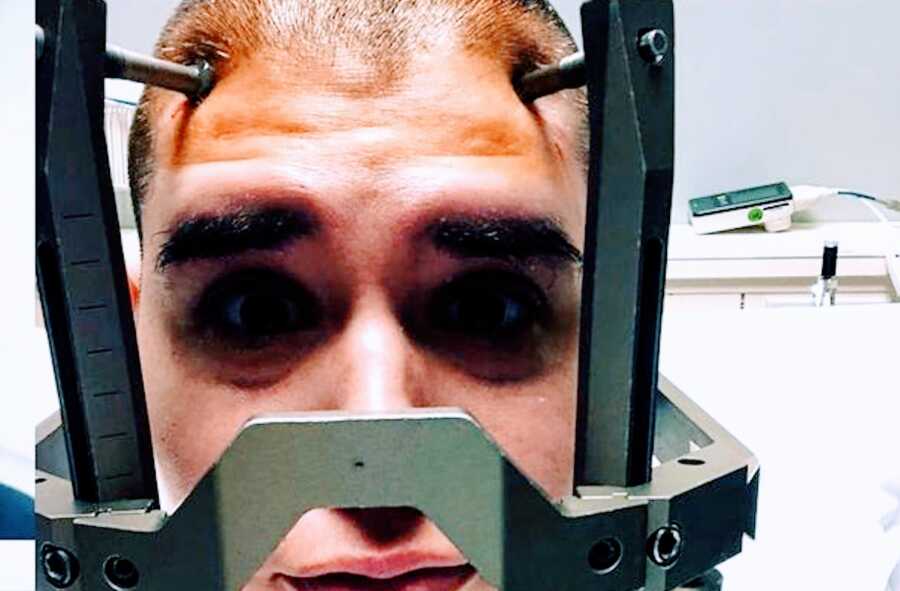
This test was the worst part of my entire surgery process—even worse than getting the actual brain surgery itself. During this test, I was put in an EMU bed for 17 days straight, with 13 electrodes actually inside my brain (6 in my left temporal lobe, 7 in my right temporal lobe), making sure my doctors saw all of my seizures and where they were exactly coming from. It was painful, it was exhausting, I was sick from the anesthesia they had used to put me under (yes, this is considered a surgery itself), and I had to shave my entire head. If I’m being honest, having to shave my head was terrifying and emotional for me. I felt ugly and vulnerable, and it seemed to only drive home I was having surgery every single time I looked in the mirror. I’m so glad, though, that once those 2 1⁄2 weeks ended, my doctors recorded and determined the amount and types of seizures I had, and they determined I was a candidate to receive the RNS. Not everyone comes out of those tests with a ‘yes’ for brain surgery. I was scared but so ready for the RNS.

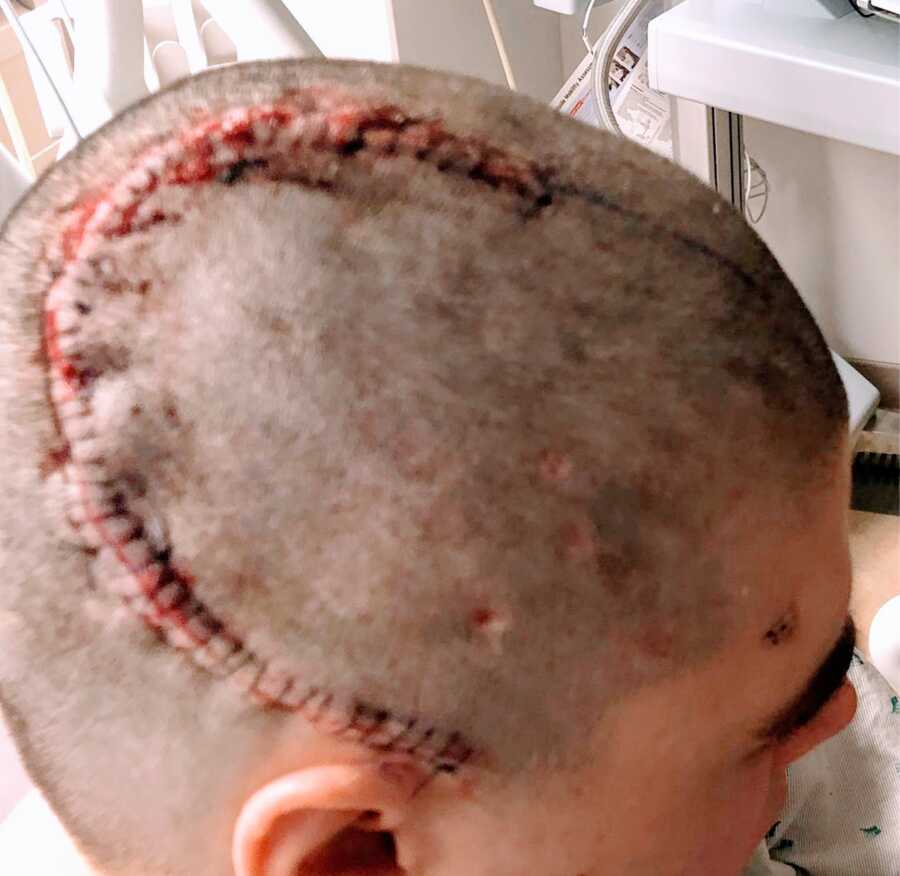
The RNS (responsive neurostimulator) I had implanted in my brain is basically the pacemaker of the brain that not only records my seizures like an EEG but also stimulates the activity as soon as it’s able to detect the activity in order to stop the seizure from happening. There is actually a shelf inside my skull hollowed out, the RNS computer and battery sit inside there, and I have individual electrodes going into the focal points of my seizures (my temporal lobe and my hippocampus). It sounds crazy, but I can’t feel it at all, and it’s been the best decision I’ve ever made because, for the first time since I’ve been diagnosed, I feel like I have a solution to my epilepsy and my seizures, even though there is no cure for it currently.
Having brain surgery also put me at peace with the fact epilepsy is a permanent part of my life and I don’t need to do anything but live my life knowing I can only control as much of it as I can. I didn’t cause this myself; I didn’t ask for this, I can’t cure it, but I can control how much I let it control my life. There isn’t a day I don’t remember I have epilepsy, but I’ve come to love the diagnosis I have because it’s made me a more understanding, patient, and humble person and has introduced some great people into my life just through the mere term of ‘epilepsy’ alone. I know epilepsy isn’t easy, I know it seems like no one may understand what you’re going through, but there are 3.4 million people with epilepsy in the USA alone, so we are out there for you and waiting for other people to connect with that speak the same language and go through the same things.
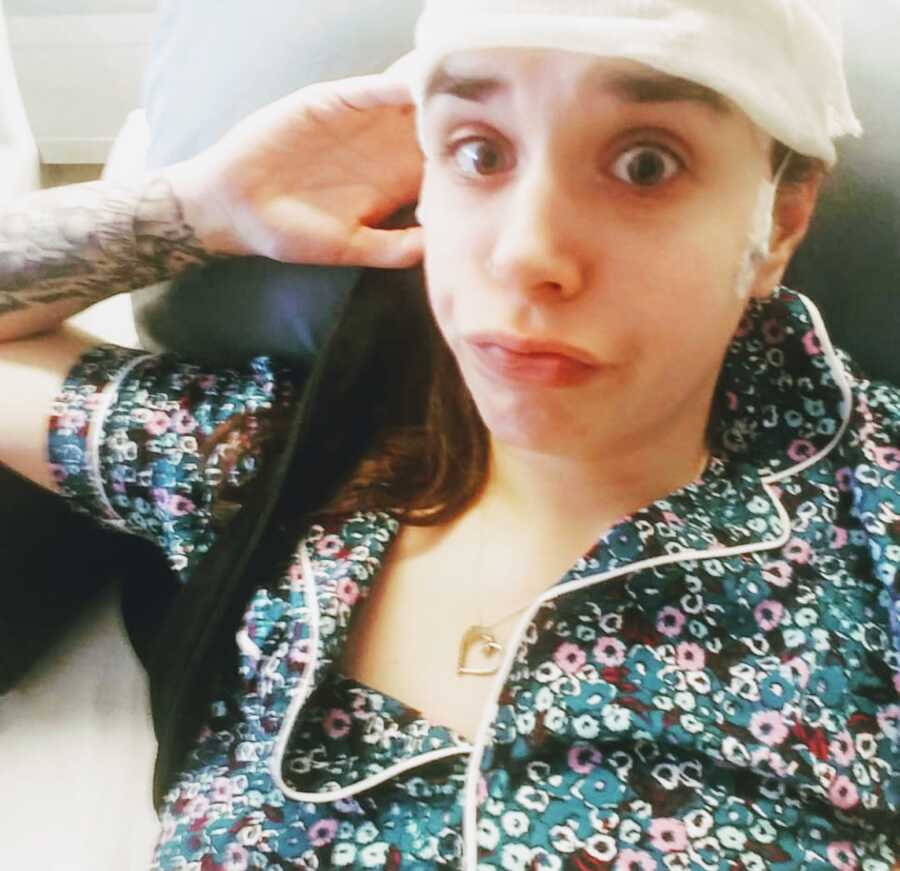
I made the mistake of going through this for the first 12 years of my diagnosis without looking for others who also had it. I’ve made it a personal mission to have a platform where people can come to just even connect with one person. If I can just change one person’s mind that ‘epilepsy’ isn’t a bad word and you don’t have to be scared of someone who has seizures, I’ll feel accomplished.”
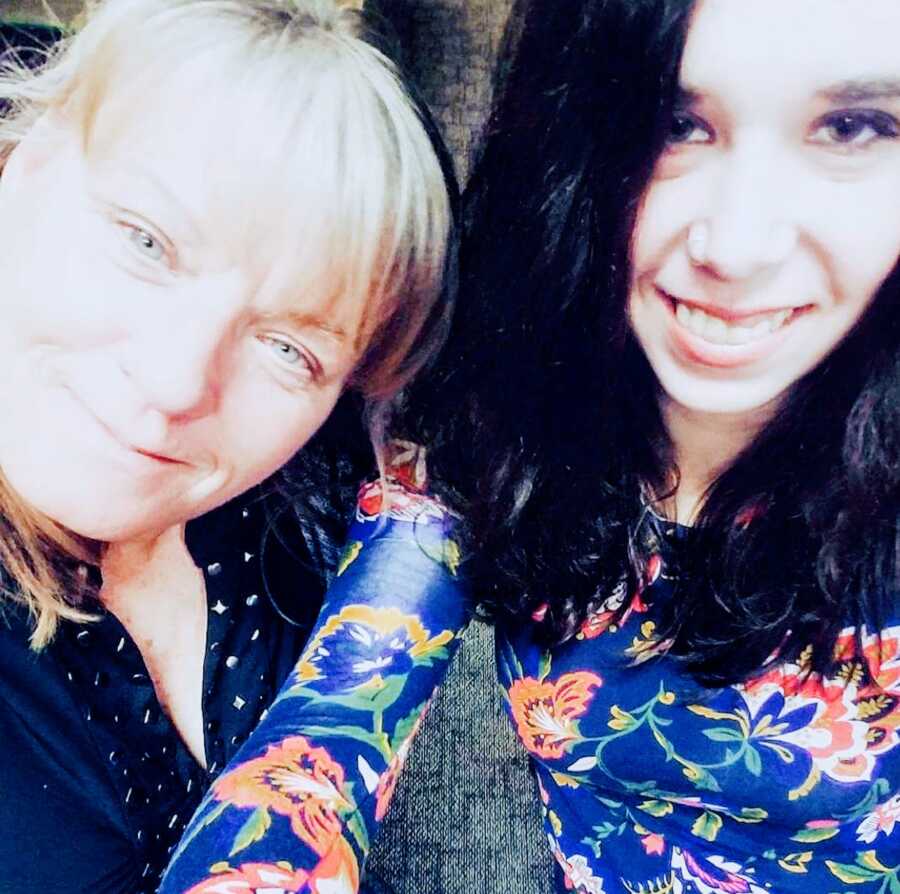
This story was submitted to Love What Matters by Bree K of Southern California. You can follow her journey on Instagram, Youtube, Twitter, and their Website. Submit your own story here, and be sure to subscribe to our free email newsletter for our best stories, and YouTube for our best videos.
Read more stories like this:
Provide hope for someone struggling. SHARE this story on Facebook with friends and family.

